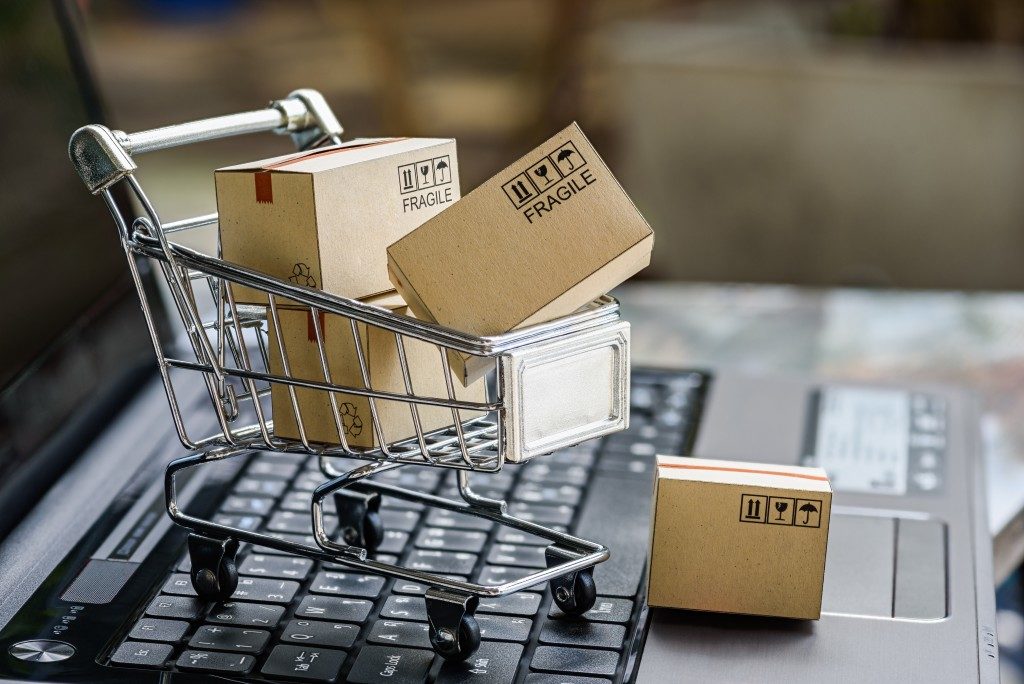Modern society’s growing collective awareness of the fragile state of the environment has led to consumers increasingly demanding that businesses put sustainability first in their operations. If you run a retail store, becoming environment-friendly while also maintaining your profit margin might seem like a difficult or unreasonable challenge. Yet often, sustainable practices lead to lower costs as well as increased consumer loyalty; here are some practical steps you can take towards this goal.
Better packaging options
How many people buy from your store each day? Imagine the ecological cost incurred in a single day if each customer were to walk out with their items wrapped individually in plastic. Modern consumers want to be environmentally responsible, so it’s up to you to provide them with the appropriate packaging options. A biodegradable carry bag will have less impact on the environment while offering larger packaging allows multiple purchases to fit in one container and reduce overall waste.
Improved energy efficiency
Many people don’t realize it, but store operations entail a high level of energy consumption. You need to create a comfortable experience for each customer that walks in and spends time shopping; this means keeping the various lights on, maintaining the temperature, and of course running the computers needed to process orders and track inventory.
For every appliance, look for a more energy-efficient solution – this will both reduce your monthly energy bill and minimize your impact on the environment. You could also cut down on the number of computers needed, for example, with mobile apps on handheld devices for store assistants. The Australian government may also provide funding options or tax deductions for small businesses that gear toward energy efficiency, to help you with the upfront costs.
Print less
Printing costs have long been a part of retail store operations, but the consumption and disposal of paper and ink products increase the strain on the environment. Your store may not need to print as much as you’d think; many consumers will be happy to receive an email invoice, which lets you save on ink and paper while simultaneously adding them to your mailing list. The same benefits also apply to your dealings with suppliers and other business partners.
Sustainable sourcing
Speaking of suppliers, they also contribute in a significant way to your store’s overall environmental impact. You can implement many measures aimed towards bringing down your carbon footprint, for instance, but if your products aren’t sourced sustainably, your efforts in this regard could be effectively neutralized. Work back through the supply chain and learn about your suppliers’ sustainable practices; if they aren’t satisfactory in this regard, it may be time to look for alternatives.
 Reuse more
Reuse more
Consumers know that each time you buy something new, it increases the demand and stimulates further production. As part of your store operations, you’ll frequently need to reinvent your displays according to the season, to freshen up your look and attract customers. Instead of buying new shelves or lighting, you can rearrange and reuse as much as possible. Wooden panels can be painted different colours on each side, or sanded for a rustic look, for example. With a little creativity, you can work with a lot of pieces that you already have in your store, reducing your expenses and lowering the impact on the environment.
By making your store operations sustainable, you can satisfy today’s environmentally responsible consumers, bring down your operating costs in many ways, and improve both profits and brand loyalty.



